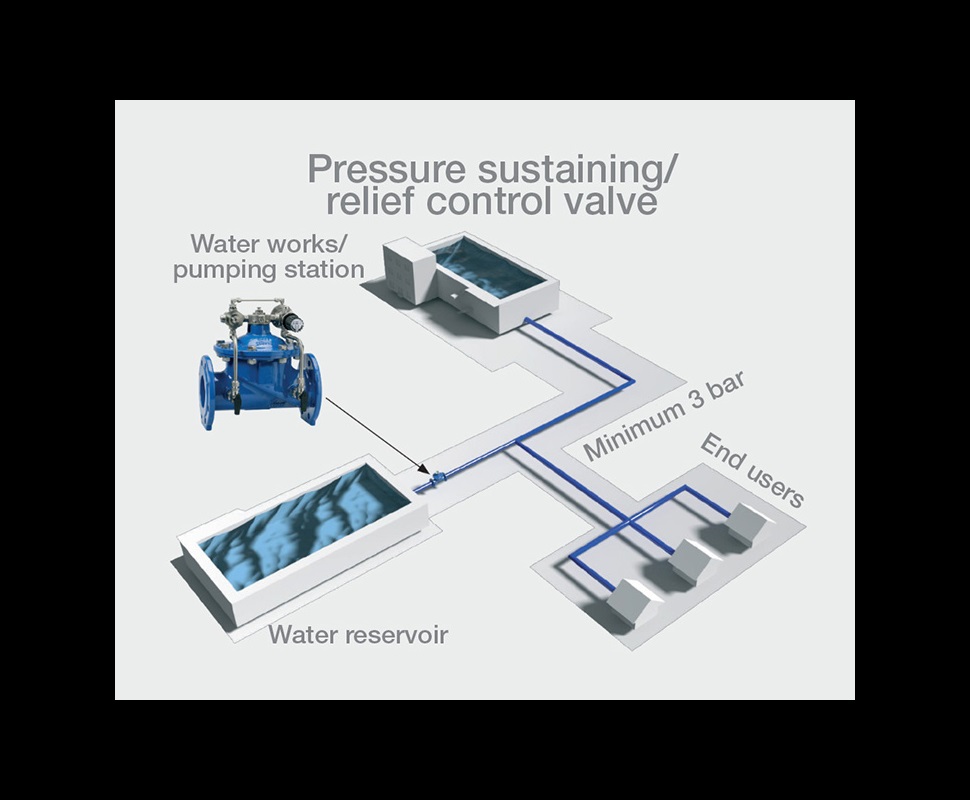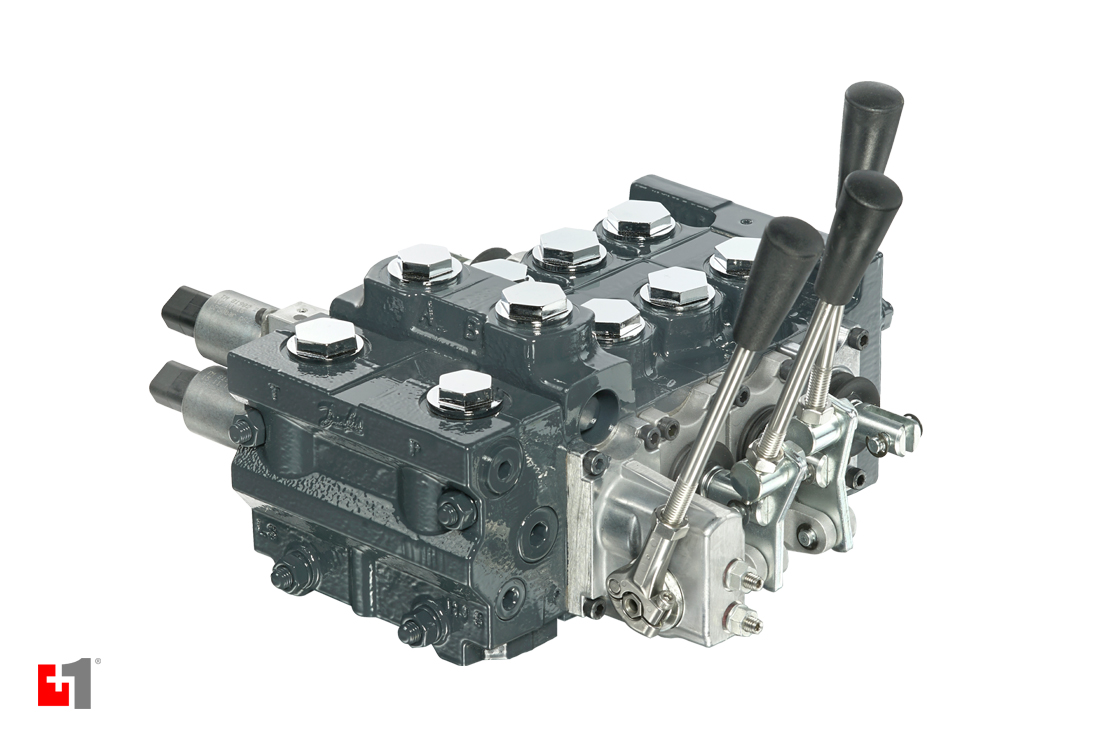Maximizing System Control with High-Performance Control Valves
Maximizing System Control with High-Performance Control Valves
Blog Article

Maximize Power Savings and Convenience With Advanced Building Automation Controls
In the world of contemporary style and center monitoring, the assimilation of sophisticated structure automation manages stands as a pivotal improvement. The merging of technology and sustainability has birthed a new age where energy performance, comfort optimization, and operational streamlining are no longer attainable realities but distant ambitions. By utilizing the power of automation, buildings can adjust, react, and evolve in methods that were when unimaginable. The capacity for significant power financial savings and improved comfort is not simply a pledge but a possibility waiting to be met. This paradigm change in structure monitoring holds the key to opening a globe where environmental conscientiousness and occupant wellness sympathetically exist side-by-side within the walls of our structures.
Energy Efficiency Perks
Energy effectiveness advantages can substantially reduce energy consumption and operational prices in buildings. Energy-efficient systems, such as sophisticated building automation controls, can optimize the usage of resources like heating, illumination, and cooling, leading to reduced power expenses over time.
Moreover, enhanced power effectiveness can prolong the lifespan of structure equipment and systems. By operating extra efficiently, a/c systems, light, and various other structure components experience less wear and tear, resulting in minimized upkeep and replacement prices. Furthermore, energy-efficient buildings typically command higher property values and rental rates, offering long-term economic benefits to owners.
In addition, energy effectiveness can improve occupant convenience and productivity. Appropriately managed interior settings with optimum illumination and thermal conditions produce a more positive and helpful office, bring about boosted employee satisfaction and efficiency. On the whole, the energy performance advantages associated with innovative structure automation controls are complex, encompassing price financial savings, environmental stewardship, and passenger health.
Improved Comfort Control
Enhancing comfort control in building settings needs an advanced combination of innovative automation systems for optimal resident wellness. By making use of advanced structure automation controls, centers can tailor the interior setting to meet the specific needs and preferences of passengers. control valves.
By incorporating these innovative controls, buildings can not only improve convenience however additionally boost energy effectiveness by enhancing system operations based on real tenancy and use patterns. Ultimately, focusing on resident comfort with sophisticated automation systems leads to an extra enjoyable and much healthier interior setting.
Functional Efficiency Improvements

Moreover, the implementation of real-time tracking and analytics tools allows structure drivers to identify power inadequacies and functional anomalies promptly. By continually keeping an eye on energy usage patterns and system efficiency metrics, modifications can be made in real-time to maximize power intake and guarantee peak functional efficiency. control valves. Additionally, integrating demand reaction approaches into building automation controls can further boost operational performance by dynamically changing energy usage based upon grid conditions and prices signals
Indoor Climate Optimization
Effective interior environment optimization is a basic element of building automation controls, making sure residents' comfort and well-being while taking full advantage of power financial savings. By using innovative sensors and controls, constructing automation systems can continually change and monitor temperature level, moisture degrees, air quality, and air flow to develop an optimal interior environment. Preserving consistent and comfortable my latest blog post conditions not just enhances resident satisfaction however also increases performance and total well-being.
Indoor environment optimization likewise plays an essential function in energy performance. By fine-tuning ventilation, air conditioning, and heating systems based upon real-time data and occupancy patterns, developing automation controls can substantially lower energy consumption - control valves. For example, carrying out strategies such as demand-controlled ventilation and thermal zoning can assist lessen energy waste while guaranteeing that each area of the structure obtains the necessary conditioning.

Sustainable Atmosphere Development
Structure automation manages not just optimize indoor climate conditions for power performance and resident comfort however additionally lay the structure for developing a sustainable setting with strategic monitoring of sources and systems. By integrating innovative building automation modern technologies, such as sensors, actuators, and intelligent software, centers can adjust and keep track of power use in real-time to reduce waste and lower their carbon footprint. These systems enable predictive upkeep, determining prospective problems prior to they escalate and maximizing equipment performance to boost durability and effectiveness.
Additionally, lasting environment creation expands beyond power monitoring to incorporate water preservation, waste reduction, and interior air high quality renovation. Building automation controls can control water usage, identify leakages, and guarantee appropriate waste disposal methods, adding to general sustainability efforts. In addition, by monitoring and managing ventilation and purification systems, these innovations improve resident health and wellness and productivity while reducing power intake linked with a/c procedures.
Verdict
In final thought, advanced building automation manages deal substantial benefits in regards to energy financial savings, convenience control, operational performance, indoor climate optimization, and producing a lasting setting. By executing these controls, buildings can attain optimum performance while decreasing power intake and boosting resident comfort. It is noticeable that the use of innovative automation modern technology is important in improving structure performance and creating an extra sustainable future.
Power efficiency benefits can substantially helpful hints lower power consumption and operational costs in buildings. In general, the energy effectiveness advantages linked with innovative building automation controls are diverse, encompassing expense financial savings, environmental stewardship, and resident wellness.
Additionally, incorporating need action techniques into structure automation controls can even more enhance operational efficiency by dynamically readjusting power use based on grid conditions and pricing signals.
Structure automation regulates not only maximize interior climate problems for power efficiency and passenger comfort however likewise lay the structure for developing a lasting environment through calculated management of resources and systems.In conclusion, progressed structure automation controls offer considerable advantages in terms of power financial savings, comfort control, functional effectiveness, interior environment optimization, and developing a sustainable atmosphere.
Report this page